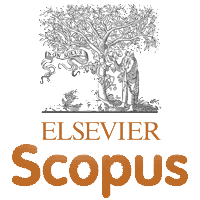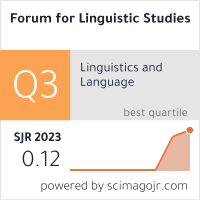The Impact of Education policy on Teacher performance among English teachers: The mediating Role of School Culture
DOI: https://doie.org/10.0926/Fls.2024994338
Authors:Li Meng, Albattat Ahmad, Ali Sorayyaei Azar
Abstract:
A diverse array of factors, such as sociological, cultural, political, and economic systems, as well as educational institutions in particular, influence education policy and the contextualization of education. It is imperative to consider the educational system and structure of a country or region in order to effectively formulate and implement education strategies. Society is being advanced, and education is in the process of being transformed. The evolution of society has been significantly influenced by changes in educational policy throughout the duration of human history. In a broader context, it is generally acknowledged that the most significant factor in determining the level of national competitiveness and social cohesion is the investment in education and training. This issue is frequently addressed by the practice of establishing objectives for social advancement while concurrently striving to improve academic performance. frequently by establishing objectives to improve academic performance in order to substantially contribute to the development of national unity and competitiveness In theory, it is feasible to achieve both national competitiveness and social cohesiveness by allocating resources to education and training. The p-value is less than 0.001, and the relationship between Education Policy and Teacher Performance is -0.387, as indicated by the standardized regression coefficient. This suggests that low levels of teacher performance are significantly influenced by a high level of education policy. It is evident that the school culture serves as a mediator in the relationship between teacher performance and education policy. This is the case when the performance of the teacher is significantly influenced by both the independent variables and the mediating variables.




